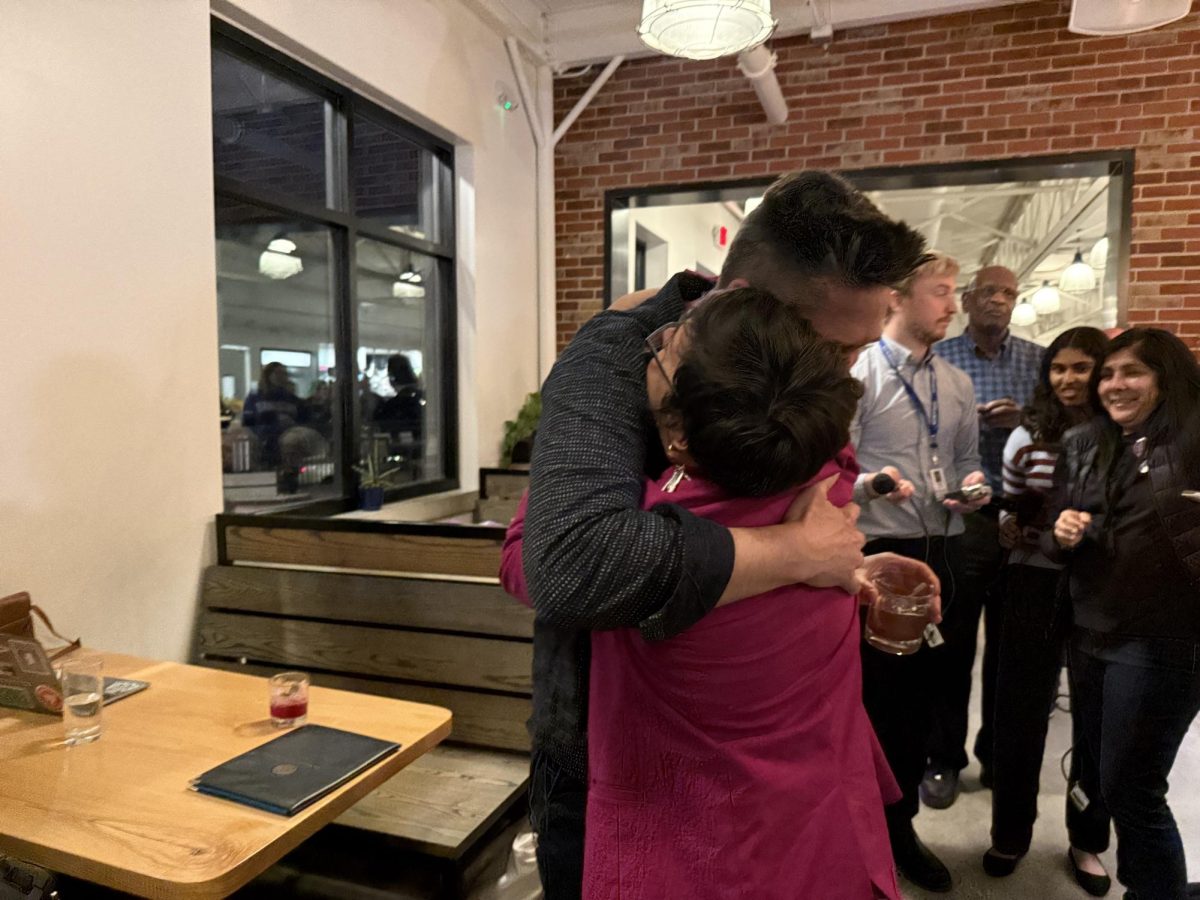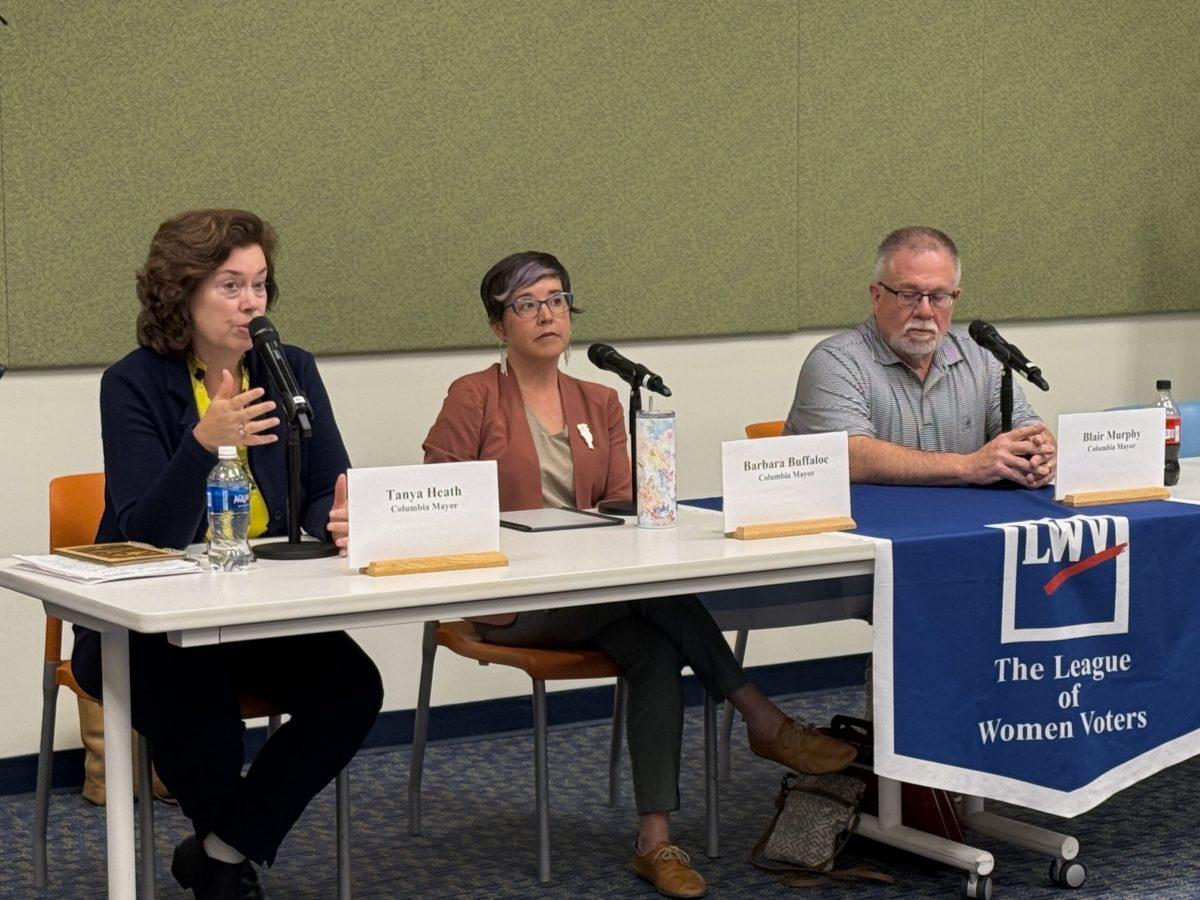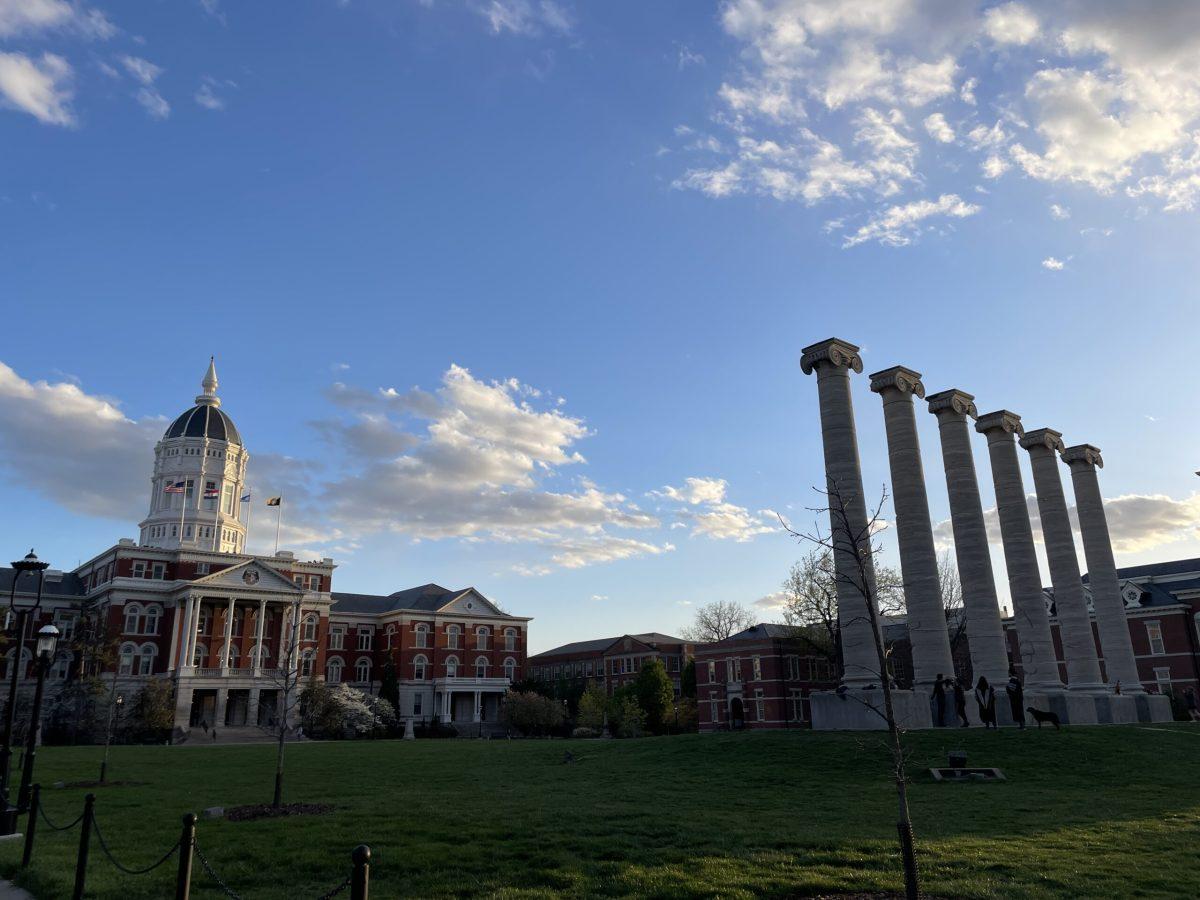The UM System recently launched an incentive program for faculty that adopt, adapt or create affordable and open educational resources for their classrooms.
A&OERs are teaching materials that are in the public domain or are released as free or at greatly reduced costs for others to use. These materials include textbooks, videos, software and even full courses.
Jana Moore, senior program coordinator for the UM System OER task force, works with the four UM System campuses to raise awareness of OERs and facilitate collaboration between universities. Moore said OERs should be available because of the universal nature of information, especially in lower-level science and mathematics courses.
“Basic algebra is not going to change. Basic chemistry is not going to change,” Moore said. “The knowledge behind the teaching has not changed for hundreds of years. This knowledge should be available to everybody. You should not have to purchase it.”
Considering these factors, among many others, the UM System has launched an incentive program for professors that choose to adopt, adapt or create A&OER materials. The grant amount varies from $1,000 to $10,000, depending on the amount of cost reduction and the choice of adopting, adapting or creating resources.
Additional grants can be earned based on the expected enrollment of the course or section. For MU, if more than 250 students are expected to take the course, an additional $1,000 grant can be awarded.
According to Dale Sanders, senior academic director of campus retail, this fall, 30.2 percent of materials for an MU course per student were $40 or under, which classifies them as “affordable” under the grant program. For first-year undergraduate classes, 33.2 percent were below $40.
Sanders said this initiative is still relatively new, but many faculty members are beginning to be or are already involved.
“It is still early in the adoption process with only 25 percent of estimated adoptions submitted by faculty,” Sanders said. “So far, we have 54 confirmed faculty with an A&OER adoption, 35 of those were already offering an affordable option, [and] 19 of them are converting to something affordable this spring.”
Sanders said The Mizzou Store has saved students nearly $1.6 million in the last two semesters combined from AutoAccess and other low-cost alternatives to published materials. AutoAccess is “a collaborative program between The Mizzou Store, faculty and publishers that provides required materials automatically when a student enrolls in the course, at a reduced cost,” according to the Mizzou Store website. So far, over 82,000 students across the four UM System campuses have enrolled in AutoAccess.
Moore said this program may be more effective than each campus creating its own grant program, due to a potential lack of funds and irregularities between the universities.
“One of the benefits to working together as a full system is that we are able to fund these projects in a way that maybe an individual campus could not,” Moore said. “Our primary focus is to make sure that students are successful in whatever discipline they choose and that they have the resources that they need.”
UM System President Mun Choi announced the initiative to increase awareness and use of OERs last spring. On Aug. 3, the UM System A&OER task force met for the first time. The group includes “faculty, students, librarians, instructional designers, and the system bookstore,” according to its website.
According to its website, the task force focuses on “providing more affordable and open educational resources,” “engaging faculty in converting existing and developing new courses into O/AER courses” and “developing a sustainable system-wide strategy to increase awareness and incentivize the transition to those resources,” among other priorities.
MU had a working group approximately two years prior to the UM System announcement to emphasize the use of A&OERs, according to Danna Wren, co-chair of the MU OER task force. She said the group had conducted surveys and worked to increase campus awareness of the assistance available on campus to find and use OERs. In October, the official MU OER task force met for the first time, Wren said.
Wren said the UM System is asking each of the four campus task forces to identify existing resources and recognize faculty who have begun to adopt, adapt or create materials.
“We have been charged by the system task force to spread the word on campus,” Wren said. “We are doing all kinds of presentations for faculty about how to incorporate them. We are gathering information about [current] OER use through the bookstore.”
According to the MU Libraries website, “61 percent of students have chosen not to purchase a required textbook” and “17 percent of students say a lack of access to course materials has negatively impacted their grades.” This information was found through a collaboration with the MU libraries, The Mizzou Store and the OER working group in spring 2017.
Steven Keller, associate professor of chemistry, has switched from a published textbook to OER online text materials in his Chemistry 1320 class. Keller uses Chemistry LibreTexts for reading assignments. He said he is able to tailor the course to the materials that he needs in the order that he wants them rather than following the chronology of a textbook.
“There is a point when they’re all just looking the same,” Keller said. “I think [saving students money] is an admirable goal and it’s one that we are succeeding in, but it also needs to have a pedagogical component. It allows the instructor to really mold the educational resources the way I want them.”
Keller’s students were asked to pay $58.99 for the AutoAcess to ALEKS electronic homework system, along with additional costs for a lab notebook and goggles for the course. While this is not in the “affordable” range of course cost, as dictated by the UM OER grant website, it is still a major cost reduction for the class. By making this switch, Keller saved each of his students $133.61, totalling a savings of over $100,000 for his students this semester, according to his records.
Keller said switching from the written textbooks to an OER option has not caused any noticeable differences in exam grades.
“I haven’t seen any drop-offs in grades over the first two exams,” Keller said. “They’re different classes, [and] they’re different exams, but in terms of the measurable short-term outcomes, it looks like it doesn’t have any global effects.”
Freshman Tommy Shotton is in Keller’s chemistry class and said his math class is also using an AER option.
“I like looking at the paper textbook more because you can actually see it and move the pages,” Shotton said, “but the online textbook is definitely cheaper and you can use it on any computer so that makes it more convenient.”
Shotton said he prefers online textbooks due to the cost-effectiveness and ease of access.
“[OERs save] the students money and [lets] them be able to use the textbooks whenever they want to use it. All you have to do is log into your account,” Shotton said. “You wouldn’t always have to have your textbook on you, so if you have a computer, you have your textbook.”
Universities can either take a horizontal or a vertical approach to A&OER integration. Vertical consists of choosing a college or school and working through the entire program to implement A&OERs. Horizontal is looking at the options available for all lower-level classes first and working up to the more advanced courses.
Wren said MU is taking a horizontal approach and pointed out that the A&OER program is not mandatory. She said the UM System supports whatever choices faculty make for their course and course materials.
“We feel like a faculty member knows their course the best, so they can determine the best materials,” Wren said. “It’s going to be much more readily available for those intro classes [and] those high enrollment classes. We want to start with those because those [have] the most impact for students. We just don’t have as much of a call for vertical integration.”
Keller said the A&OER program will benefit students and the university because it may allow more students to come to MU and acquire the necessary materials that they could not in the past.
“If, on an individual basis, lowering the cost of a year of education allows some students to come to Mizzou that would not be able to otherwise, I think that’s tremendously beneficial,” Keller said. “I think it shows the state and the nation that the University of Missouri System and Mizzou care about how much education costs.”
_Edited by Olivia Garrett | ogarrett@themaneater.com_











